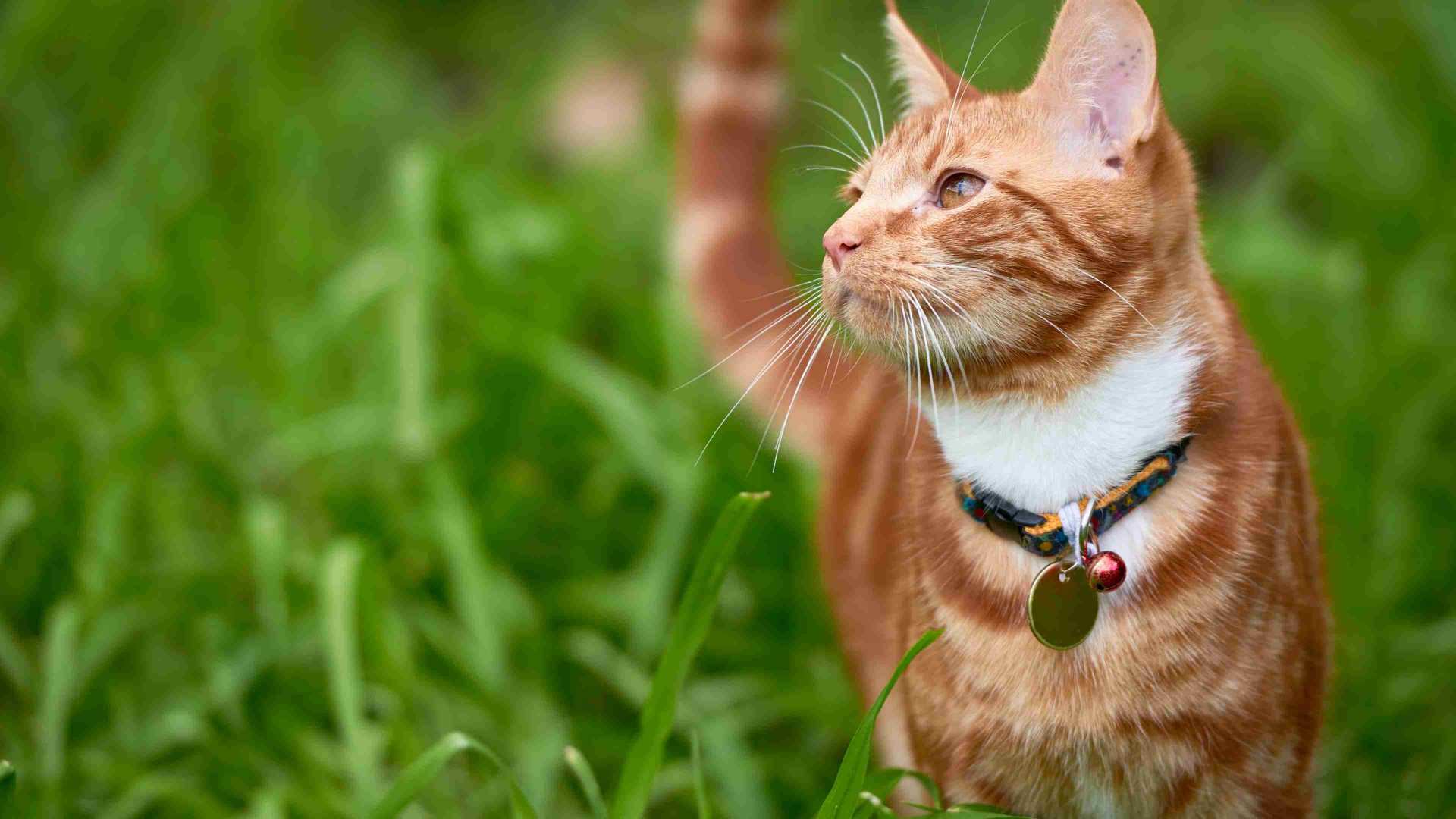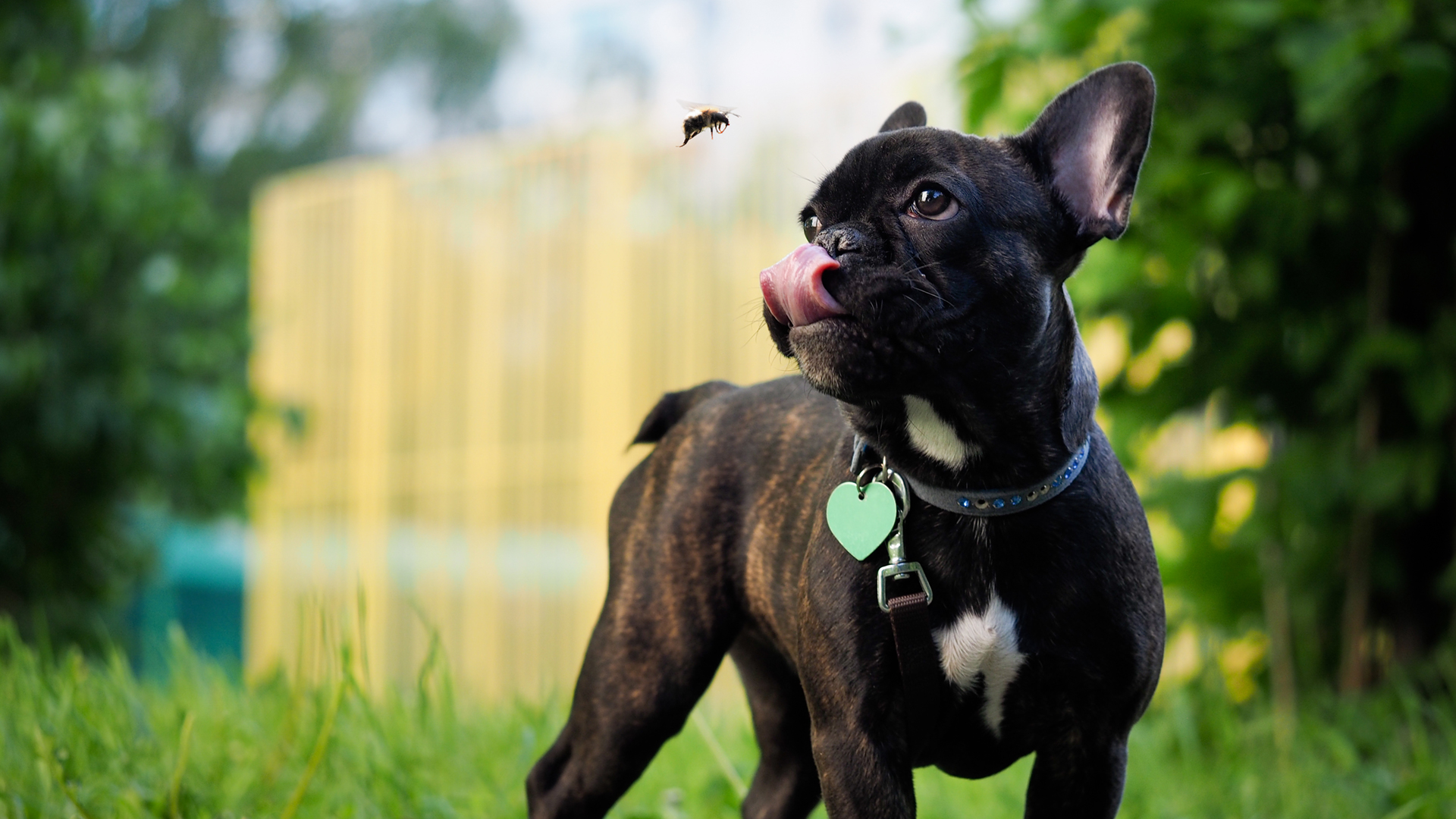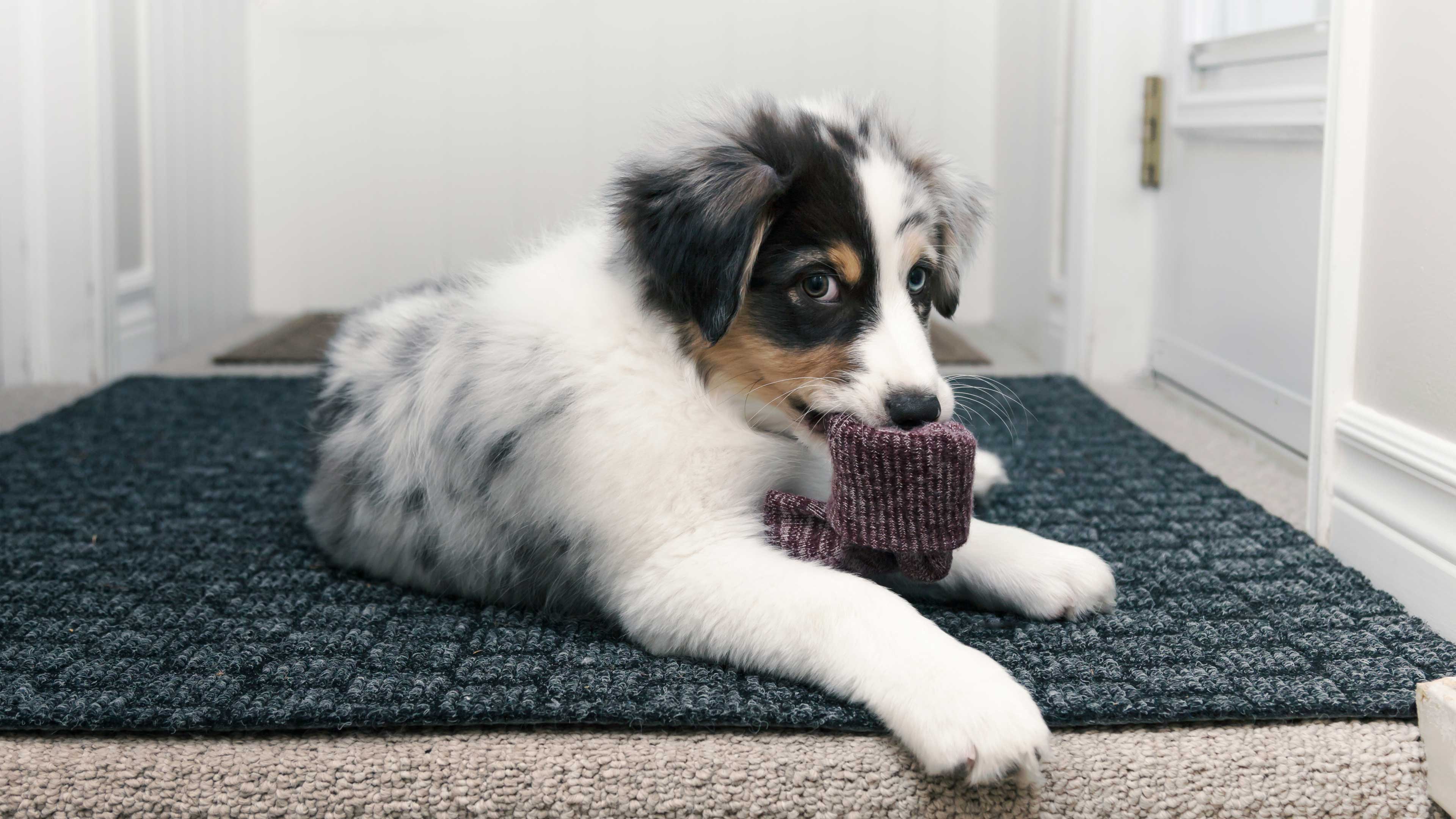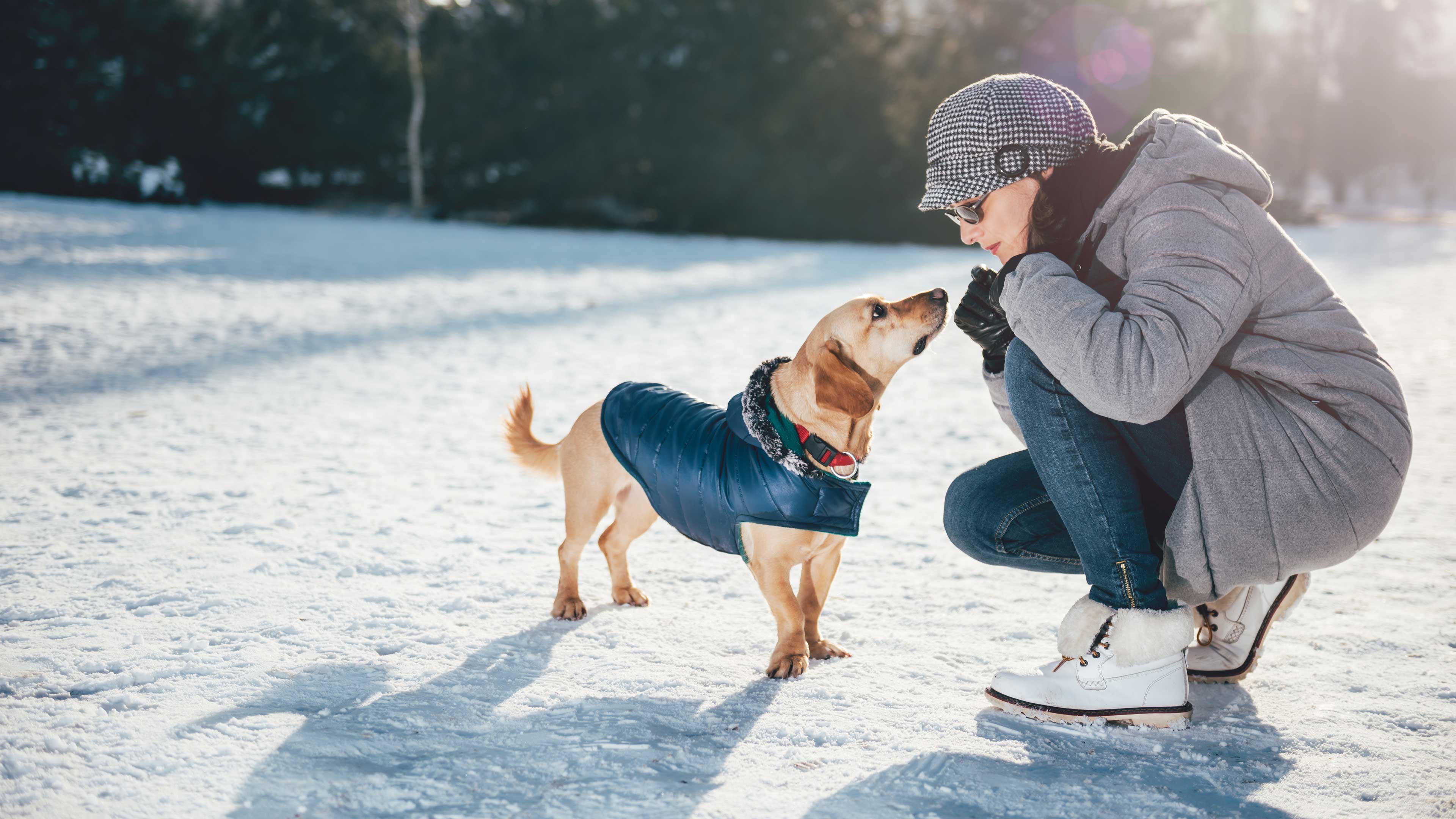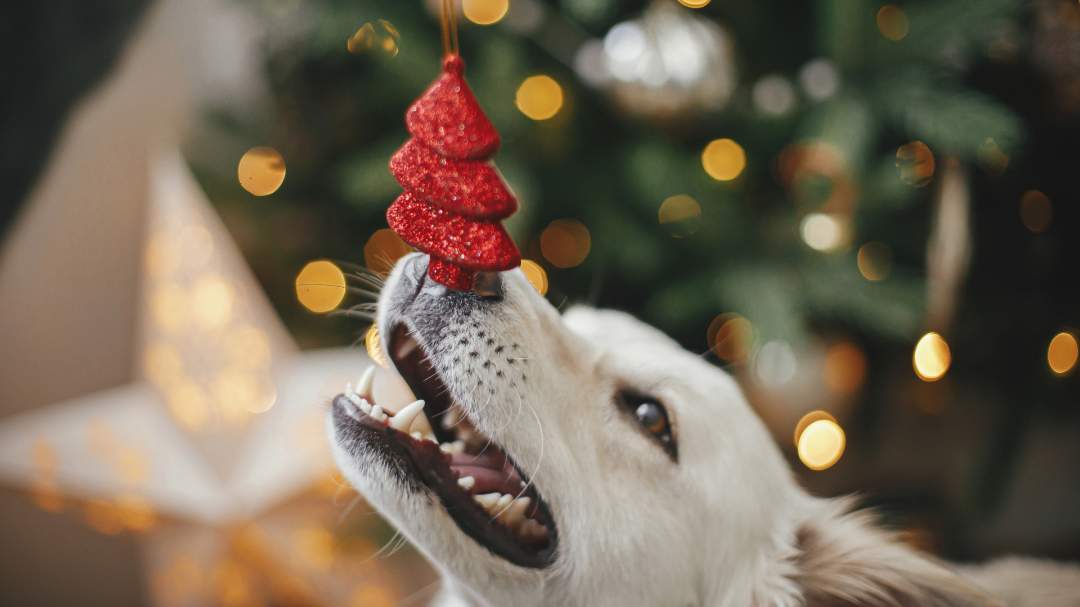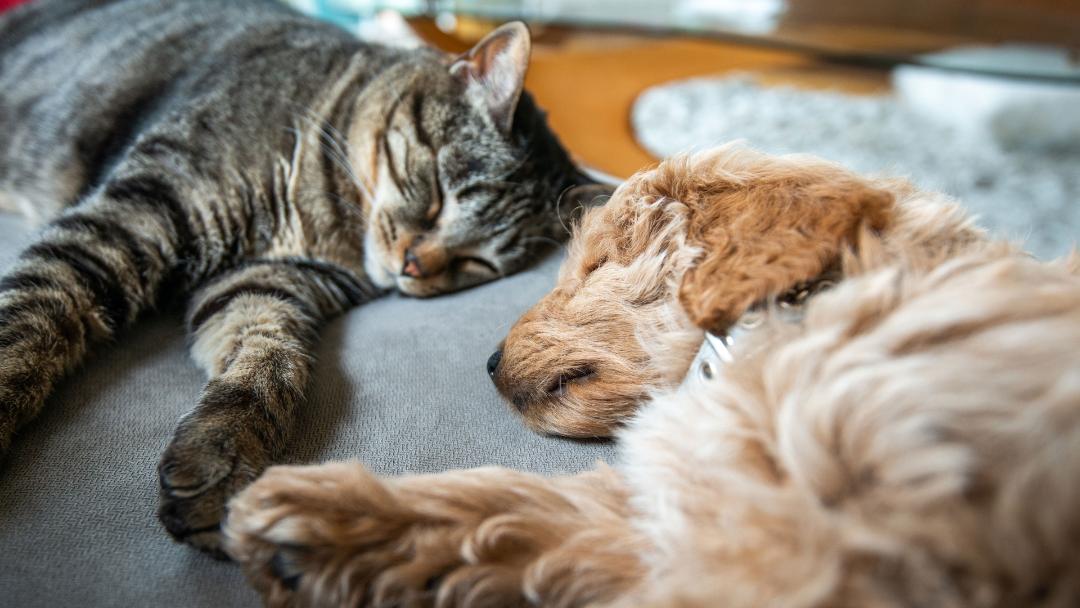help keep pets safe at home
In the old days – back before we had pet BFFs, cat massages, and doggy day care – our cat and dog ancestors lived in the wild. It was dangerous. There were hazards, predators, freezing temperatures, not enough food, poisonous plants…
Nowadays, it’s probably easier (or at least safer) to be a dog or cat. After all, we humans watch out for their health and wellbeing all the time. We love them, we pet them, we make sure they’ve got regular, preventive petcare. Some of us go quite a bit further, even, like using baby-talk to ask them if they want to play, or knitting homemade pet sweaters, or letting them sleep on our pillows. Or all of the above.
So, overall, life’s more comfortable and less dangerous. Except when it comes to poison. In fact, living a domesticated pet life in this human-dominated world may put dogs and cats at greater risk for poisoning.
Watch out for household toxins
Why is there more possibility of pet poisoning now? Because people bring all kinds of dangerous products into our homes. From the pharmacy. From the supermarket. From the garden store. Most of the stuff improves our lives, but some of it can put our pets at risk.
Here’s just a short list of things to watch out for, keep locked up, or just get rid of entirely. This list isn't exhaustive, but you'll feel a lot better if you get a handle on these risks.
Household drugs, including Tylenol, prescription medicine meant for humans or even other pets, cholesterol-lowering agents, human supplements, antidepressants – and that’s just the tip of the iceberg.
Household chemicals like antifreeze, pest control, drain cleaners, paint and paint thinner, lead, tar, and others.
Garden items, including bait traps, compost, fertilizers, insecticides, rodenticides, and other garden pest solutions.
Plants (indoors and out), including toxic vegetation in the yard like autumn crocus, sago palms, azalea, lily, tulips (!), toxic plants in the house like Easter lilies, philodendron, poinsettia, and a lot more.
Human foods and products, such as chocolate, garlic, alcohol, coffee grounds and caffeinated products, mushrooms, baby food, dairy products, cannabis… And much more.
And even things that we throw in the garbage, like old kitchen sponges, peach pits, and other things pets shouldn’t eat but really want to eat.
You can find a longer list of common household toxins on banfield.com. It’s required reading for pet lovers. And always keep toxic household items locked away or out of your BFF’s reach.
What to do if your pet has been poisoned
If you suspect your pet has eaten anything poisonous, let your emergency veterinary hospital know, or call the pet poison hotline at 1-800-213-6680. Poison must be treated immediately, so the sooner you get help, the more likely we can help.
We hope you never need to use that number. But it’s a good one to have in your phone, just in case.
Also, remember that if you have any questions about preventing and reducing risks to your pet, your Banfield veterinary team is here to help.
 Mites and mange
Mites and mange Podcast - Not Just Fluff
Podcast - Not Just Fluff
